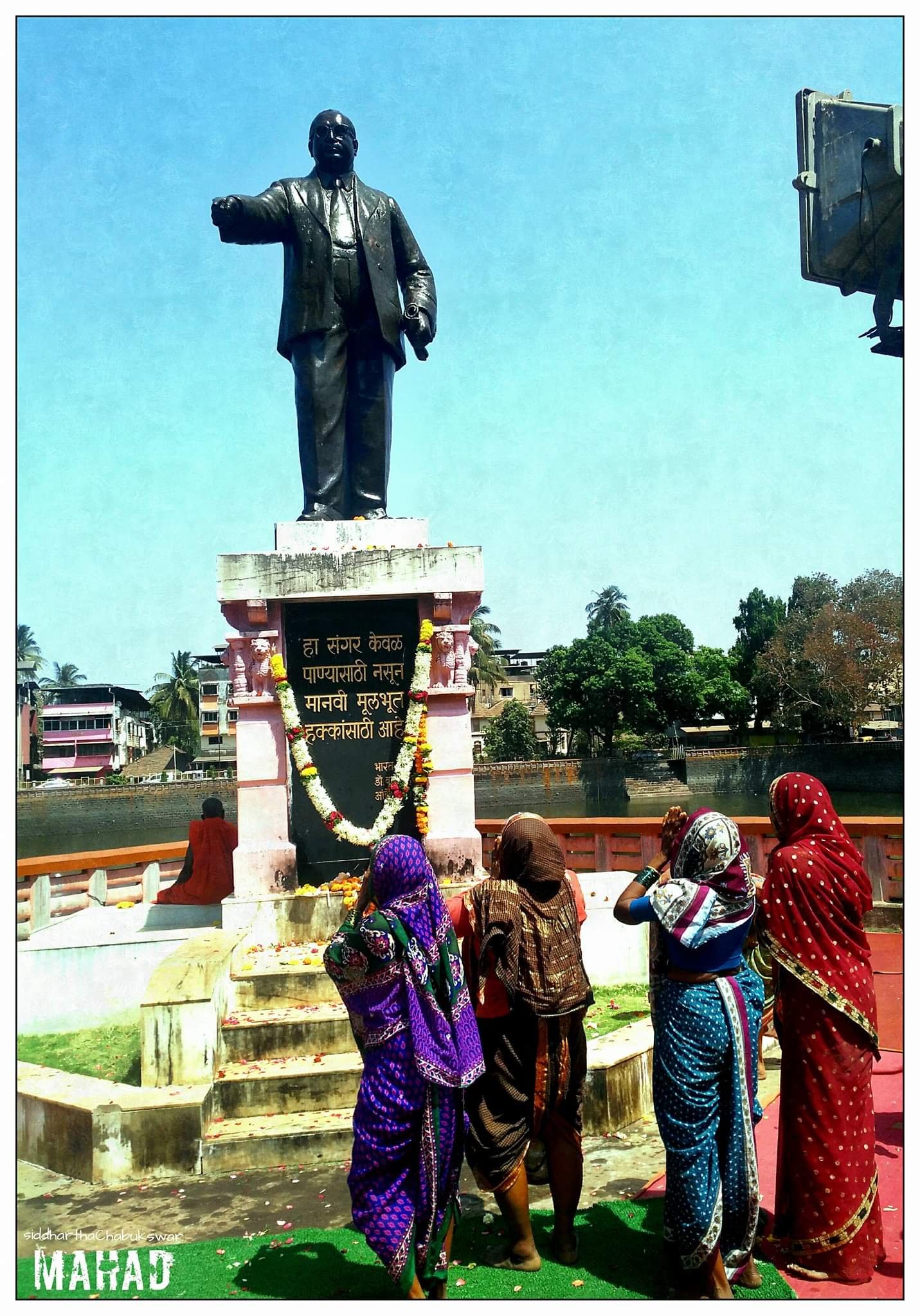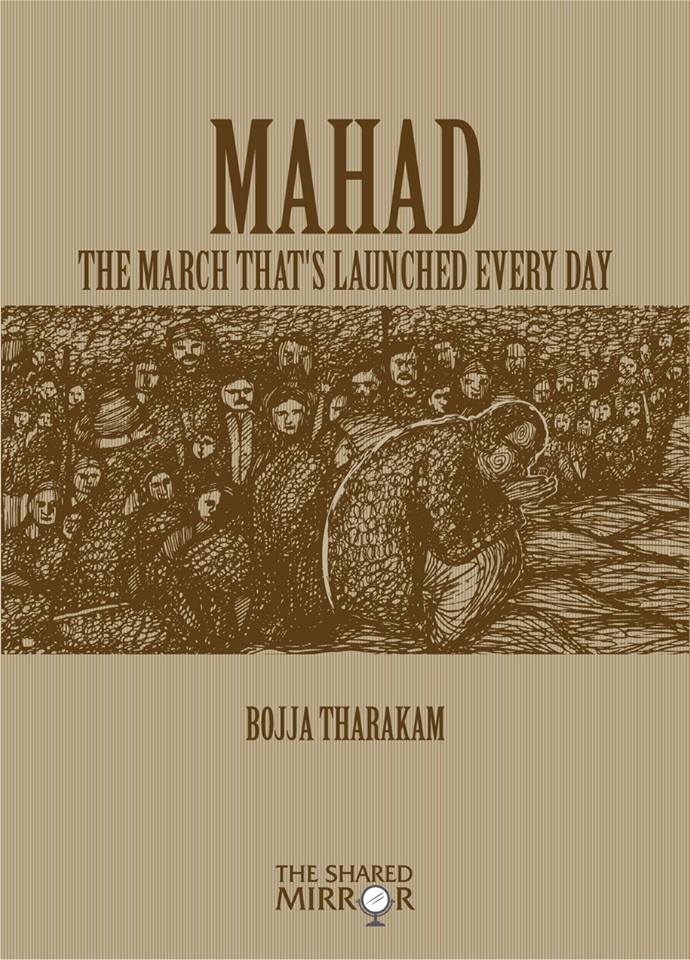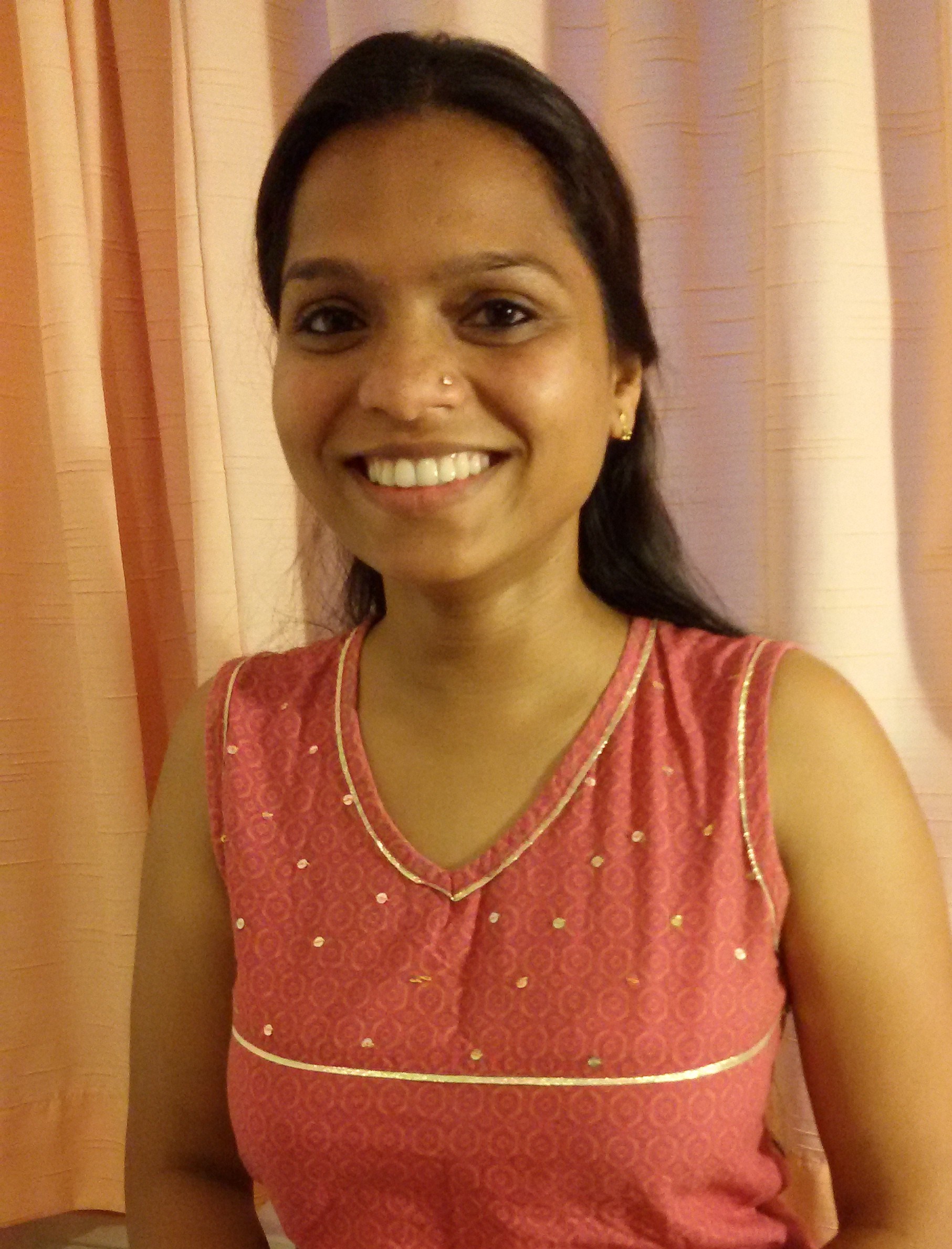SAVARI
We remember the women who marched for all our rights, we remember women who marched for the last person’s rights, we remember men, women, children, and elders who heeded Babasaheb Ambedkar’s call to march towards Mahad, 92 years ago. We are indebted to them and to the women who march every day, somewhere.
An excerpt from the book Mahad: The March That’s Launched Every Day
The Mahad marchers constituted both men and women, including children. Women carrying their babies in their arms and men carrying children on their backs marched to the destination. They had gone on their own in the fond hope of obtaining social deliverance, gaining freedom from social bondage. If the British rule in India appeared to be a curse for Gandhi, the Hindu rule was more than a curse for the untouchables. It was a blight, a blasphemy, and a crime against humanity.
Gandhi called for the Dandi march as a part of Satyagraha; and similarly, Ambedkar also considered the Mahad march a Satyagraha. According to Weber, “On 5 March, at one of his prayer meetings, Gandhi made his plan public. He announced that he would lead a march commencing on the 12th […] When it was suggested that four or five women be allowed to accompany the Marchers, Gandhi insisted that they stay behind at the Ashram. He explained, “Women will have enough opportunity to offer Satyagraha. Just as Hindus do not harm a cow, the British do not attack women as far as possible. For Hindus it would be cowardice to take a cow to the battlefield. In the same way, it would be cowardice to have women accompany us.'”
In contrast, there was a large contingent of women in the march to Mahad. In fact, women in large numbers attended every meeting addressed by Ambedkar.
Bojja Tharakam’s manuscript materialized into a book through the efforts of Dr Vijayabharathi Tharakam, she has been a steady inspiration for this effort.
You can buy your copy of Mahad: The March That’s Launched Every Day at Amazon.in






